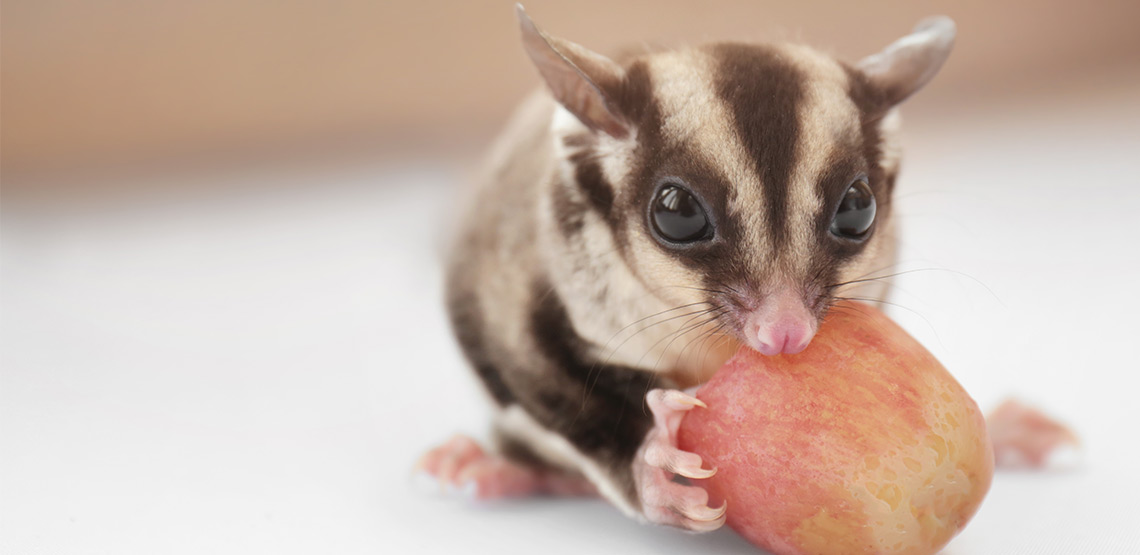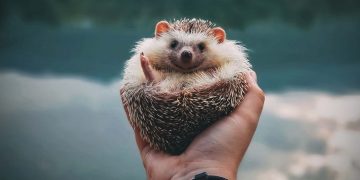Why a Sugar Glider Makes a Great Pet
Sugar gliders are different than other small mammals, which makes them interesting and intriguing pets. Energetic, adorable, loyal and interactive, these Australian and Indonesian natives are communal tree dwellers and love to be the center of attention. In fact, that is one of the major aspects that set them apart from other small mammals, and it's important to keep it in mind when deciding whether or not a sugar glider is right for you. In fact, you should get acquainted with feeding, housing and general behavior before you take in a sugar glider to ensure your new pet has a happy and healthy start in your home.
About your Sugar Glider
Size and Features: Some of the smallest marsupials around, sugar gliders weigh five ounces or so, and their bodies are only five inches long (but the tail adds another five inches to their length). They get their name from the furry membrane called a patagium that stretches from the wrist to the ankle on each side, which lets them glide through the air. The opposable big toes on their feet help them to grip when they climb or land.
Behavior: Sugar gliders are also very social animals. In fact, you'll need to give your sugar glider a lot of attention, especially if they don't have another sugar glider friend to play with. Like ferrets, it's best to keep at least two sugar gliders (a same sex pair or else a neutered male and female) to ensure they have the companionship they crave. Even though they will interact happily with humans, you are not a replacement for the companionship of other sugar gliders.
You May Also Like:
Related Search Topics (Ads):
Since they are nocturnal, they are active through the night, and that means you may miss most of their waking hours. Also, they do make quite a bit of noise in their cage, so be prepared for squeaks and chirps at all hours of the night!
Sugar Glider Care
Housing: There are many perks to keeping a sugar glider, but their housekeeping skills aren't among them. Unfortunately, they can be fairly messy creatures, and so you'll need to clean out the cage more often than you would with hamsters or rats.
Sugar glider cages need to be big for a couple of reasons. First, you should keep at least two sugar gliders, and each will need space to move around freely. Secondly, these are active little animals, climbing, jumping and swinging around the cage, so vertical space is just as important, if not more important, as floor space. This can make things difficult, as commercial cages are typically meant for other rodents and small animals that don't need much vertical space. Consider putting your own sugar glider cage together with welded wire and a bit of helpful guidance from other sugar glider owners if you can't find an appropriate cage!
Feeding: When it comes to feeding your sugar glider, things can get complicated. You need to craft a diet that balances important nutrients and minerals very specifically so your pet doesn't get sick -- a simple dry mix or pellet feed isn't going to cut it. Instead, a high protein homemade mix (speak with an exotic pet vet if you need some help with this), a variety of insects and a small amount of fruit for a treat. As sugar gliders are a relatively new domesticated animal, experts are still divided on the ideal diet, so it is best to begin with what not to feed your sugar glider, and then move onto recommended foods.

